by Mike –
Original classic cars are wonderful and irreplaceable art. Yet, the “barn find”, the “patina of neglect”, the “dirt as patina” and the “rust is an asset” mindset has taken hold of the collector car world for the time being where “patina of use and correct care” has not been given its proper place. This is not right, in my opinion, and I believe will, over time, be corrected.
I can imagine an article in the “New York Times”, “The Wall Street Journal” or the “Financial Times” a few years hence similar to this.
~~~
Men, it has been well said, think in herds; it will be seen that they go mad in herds, while they only recover their senses slowly, and one by one.
The barn find classic car was introduced into car culture sometime in the mid to late 20th century. In the course of the past ten years barn finds have been much sought after by the wealthy and the poor alike.
Rich people raised their bidding paddles at auctions, and paid the most extravagant prices for barn finds. The barn find annually increased in reputation, until it was deemed a proof of bad taste in any man of fortune to be without a collection of them.
Many learned men were passionately fond of barn finds, especially if they were covered in dirt and the shinny bits were rusty. The rage for possessing them soon caught the middle classes of society, and car lovers even of moderate means, began to vie with each other in the rarity of these dirty rusty barn finds and the preposterous prices they paid for them.
A collector was known to pay much more for a rusted and dirty barn find than the same model in excellent condition, not with the design of selling it again at a profit, but to keep in his own garage for the admiration of his acquaintance.
A golden bait
The demand for barn finds of a rare model increased so much in the early years of the 21st century that many more regular marts for their sale were established – called auctions. Symptoms of gambling now became, for the first time, apparent.
The auction companies, ever on the alert for a new speculation, dealt largely in barn finds, making use of all the means they so well knew how to employ, to cause fluctuations in prices.
At first, as in all these gambling mania, confidence was at its height, and every body gained. The auction companies speculated in the rise and fall of the barn find classics, and made large profits by buying when prices fell, and selling out when they rose. Many individuals grew suddenly rich.
A golden bait hung temptingly out before the people, and, one after the other, they rushed to the barn find auctions, like flies around a honey-pot. Every one imagined that the passion for rusty, dirty barn finds would last for ever, and that the wealthy from every part of the world would pay whatever prices were asked for them.
We find that whole communities suddenly fix their minds upon one object, and go mad in its pursuit; that millions of people become simultaneously impressed with one delusion, and run after it, till their attention is caught by some new folly more captivating than the first.
Nobles, citizens, farmers, mechanics … dabbled in barn find classic cars. People of all grades converted their property into cash, and invested it in rusty and dirty cars. Houses and lands were offered for sale at ruinously low prices, or assigned in payment of bargains made in the classic car markets.
Of all the offspring of Time, Error is the most ancient, and is so old and familiar an acquaintance, that Truth, when discovered, comes upon most of us like an intruder, and meets the intruder’s welcome.
This folly could not last for ever
At last, however, the more prudent began to see that this folly could not last for ever. Rich people no longer bought the rusty barn finds to keep them in their garages, but to sell them again at cent per cent profit. It was seen that somebody must lose fearfully in the end.
As this conviction spread, prices fell, and never rose again. Confidence was destroyed, and a universal panic seized upon the barn find dealers and auction companies.
Defaulters were announced day after day in all the towns. Hundreds who, a few months previously, had begun to doubt that there was such a thing as poverty in the land, suddenly found themselves the possessors of a few classic car rust buckets, which nobody would buy, even though they offered them at one quarter of the sums they had paid for them.
Many who, for a brief season, had emerged from the humbler walks of life, were cast back into their original obscurity. Substantial merchants were reduced almost to beggary, and many a representative of a noble line saw the fortunes of his house ruined beyond redemption.
###
Let us know what you think in the Comments. No hate Comments please.
You can read the original text about tulipmania by Charles Mackay here.
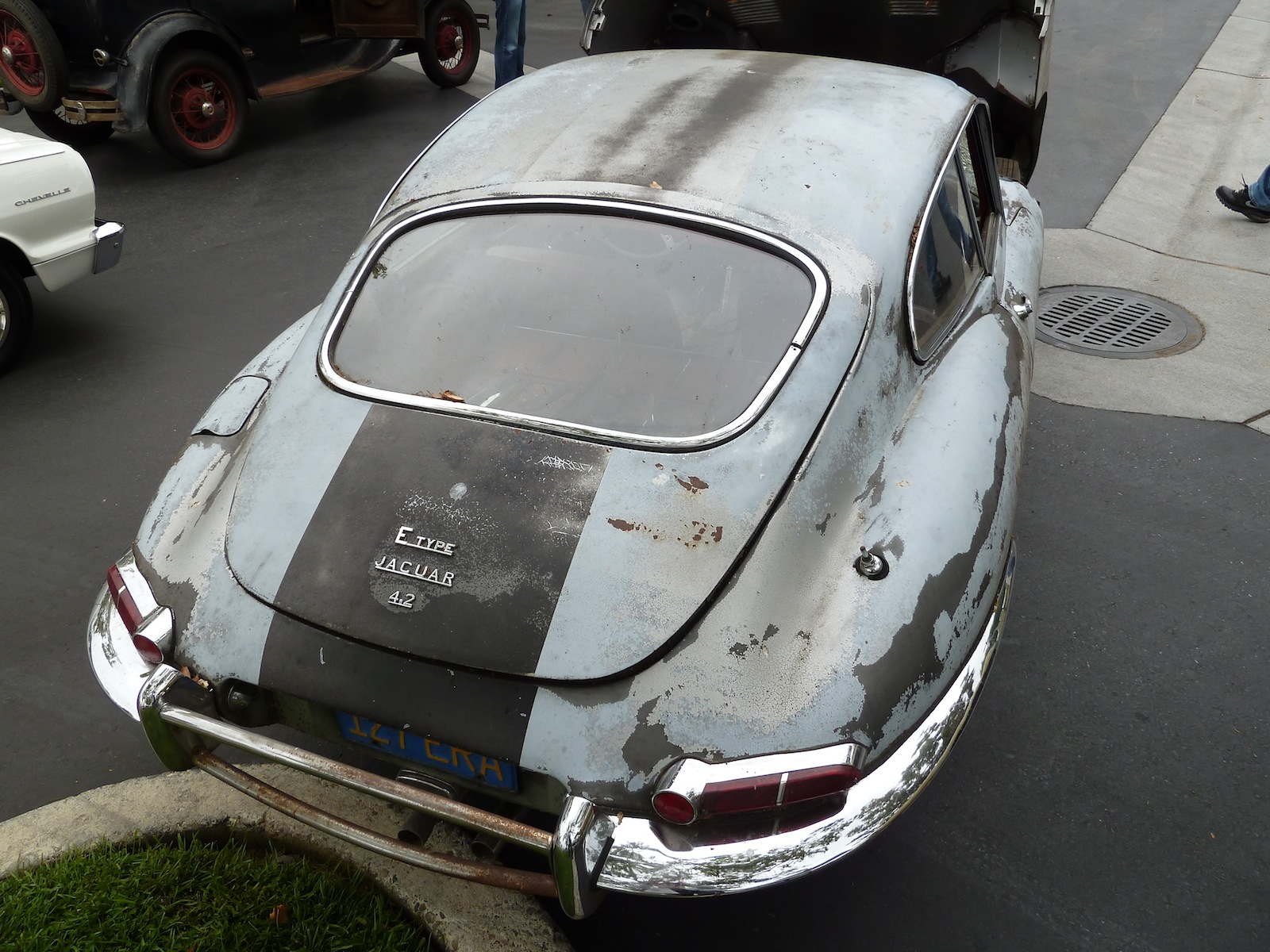
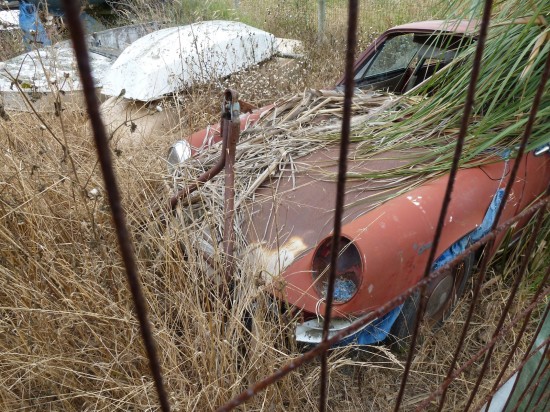
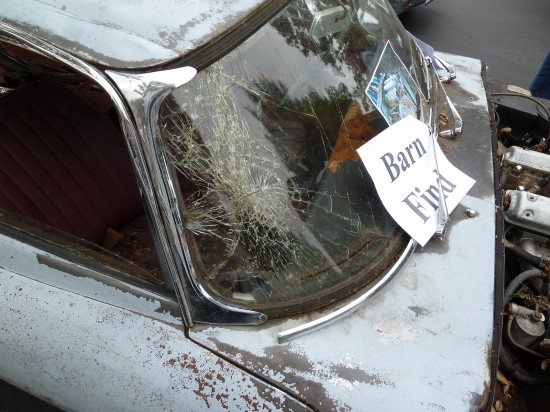
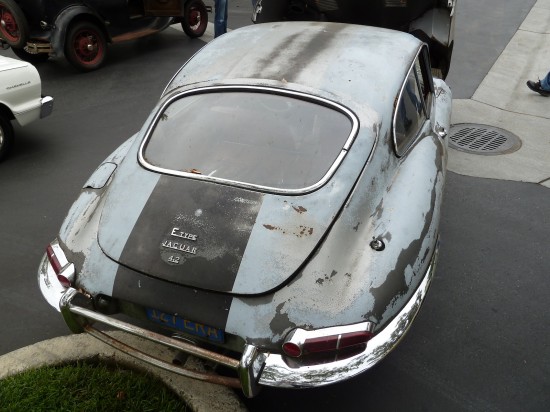
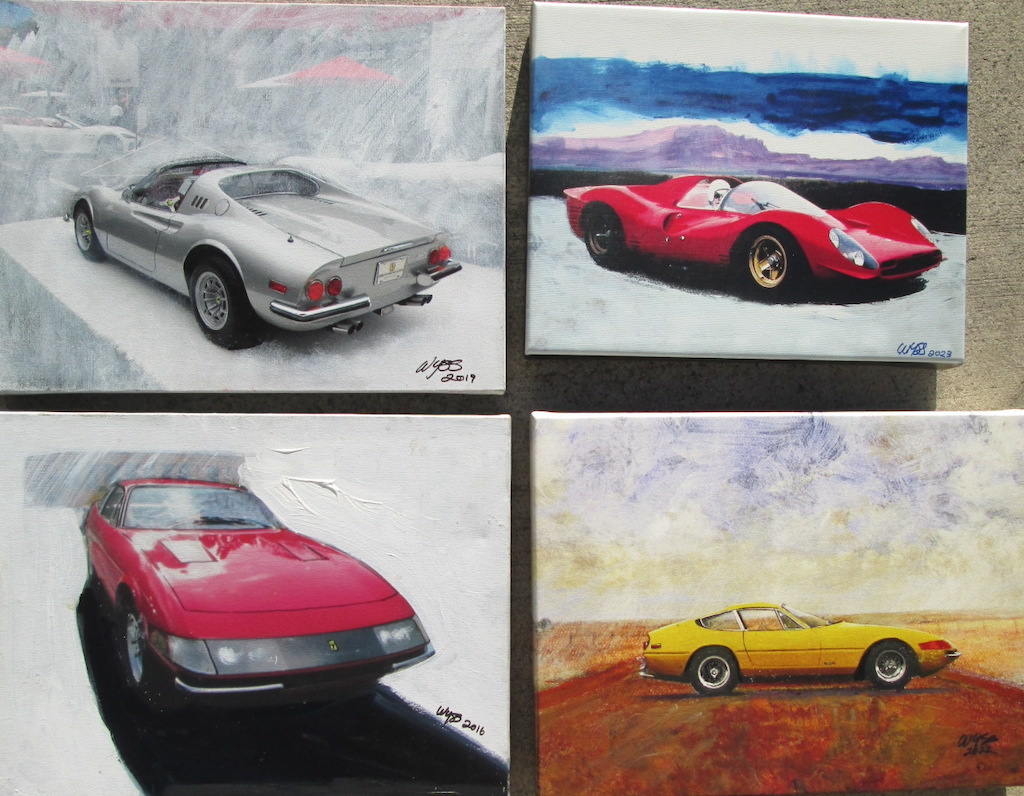

I design houses for a living, and believe me there is no end to the silly things people of means choose to do with their wealth. This barn find infatuation is part of a larger movement having to do with a search for authenticity. As the speed of change increases, many are compelled to become more rooted, to search for those things which helped make them what they are. I’ve seen a presentation where the paradigm is broken into a four square matrix, where an object is judged on whether it “is what it says it is”, and whether it is “true to itself”. Things then become fake-fake, fake-real, real-fake, or fake-fake.
The search for the real-real becomes a high point, and the barn find is indicative of this.
The beauty of the car world is that you don’t have to subscribe to it if you don’t want. I’ve been pleased with the world of 5-10k MG’s, TR’s, old Saabs, and the like. Leave the rusty hulks to the searchers. There’s plenty left for the rest of us.
found the link to the talk:
http://www.ted.com/talks/joseph_pine_on_what_consumers_want.html
catch the last line in his talk.
Well, for me it’s a question of personal preference.
I always was of the type that a non perfect but original car I liked more than an overrestored one (like paint being done more perfect than from factory, replacing steel scews by stainless ones etc.).
If a car is running and passes the mandatory traffic checks for me the daily driver with may be some rust and dings has a higher value than a perfectly restored car which drives in it’s container to shows but isn’t found on the road…
For the high valued barn finds I can understand the people buying the 100% originality to store this away like in a museum. Not for driving, not for going to shows, just conservation of the as is state.
If I would have some millions in surplus I think I would go this way 😉
Its marketing at its best. Find the market and create the frenzy. People will buy anything that has the right collection
of words or visuals that people want. Remember it takes a fool more foolish than you willing to pay the price. in this case a well crafted story of a mysterious car hidden in the back of a dark barn or behind a brick wall hidden from view for many years because the owner had………… fill in the blank and bring your wallet. Its what we want to hear. The art of the chase and to be able to say you landed the big one.